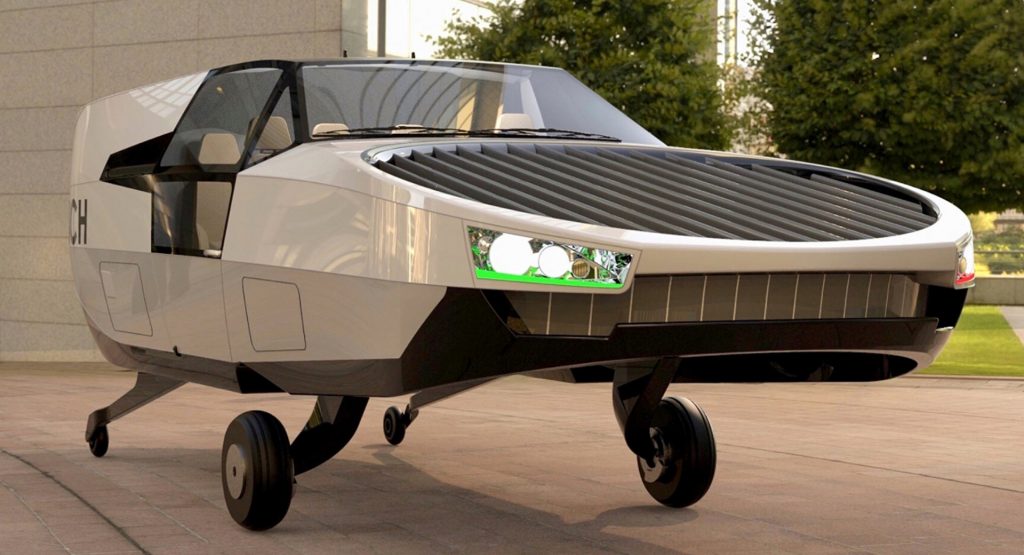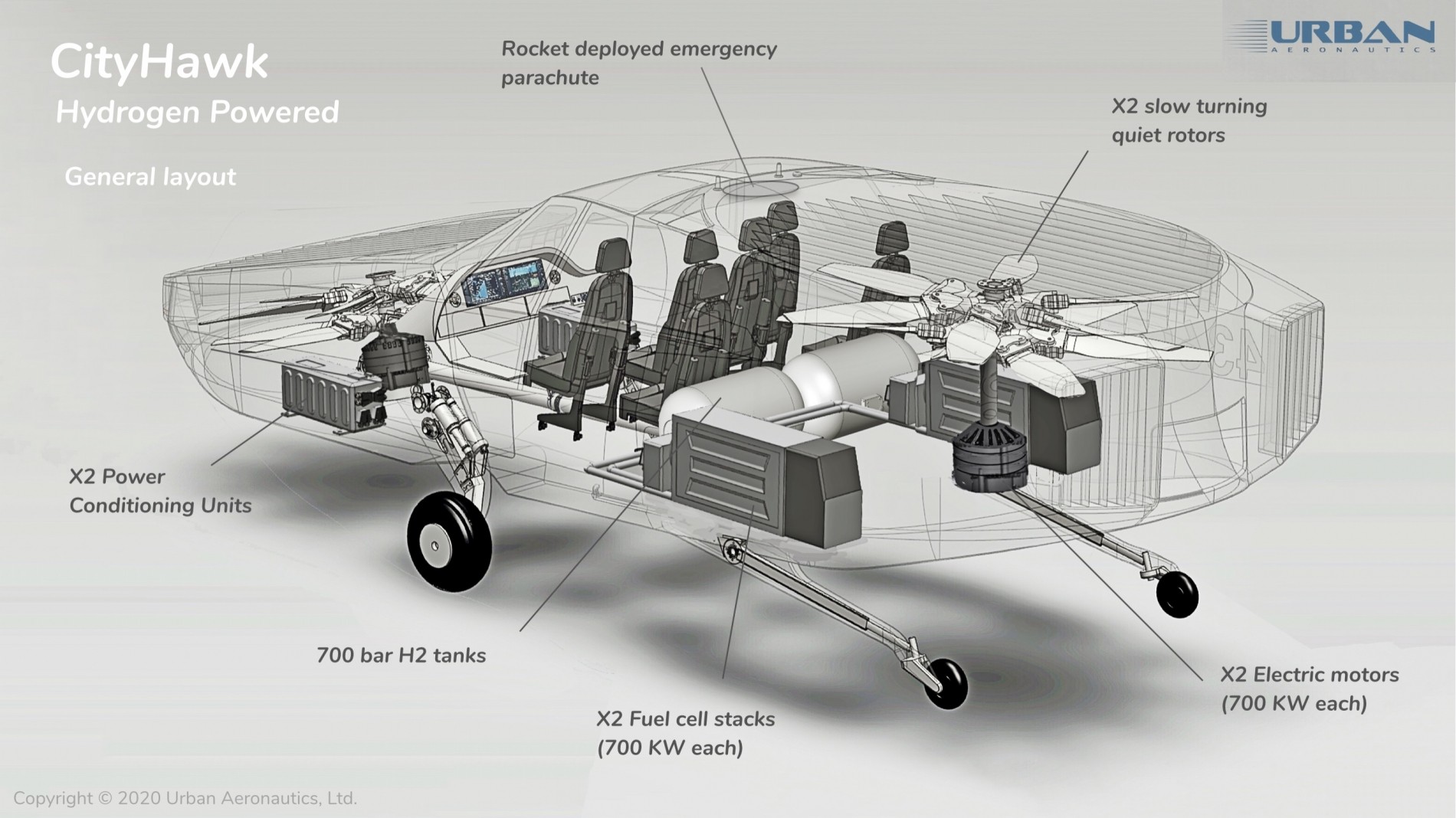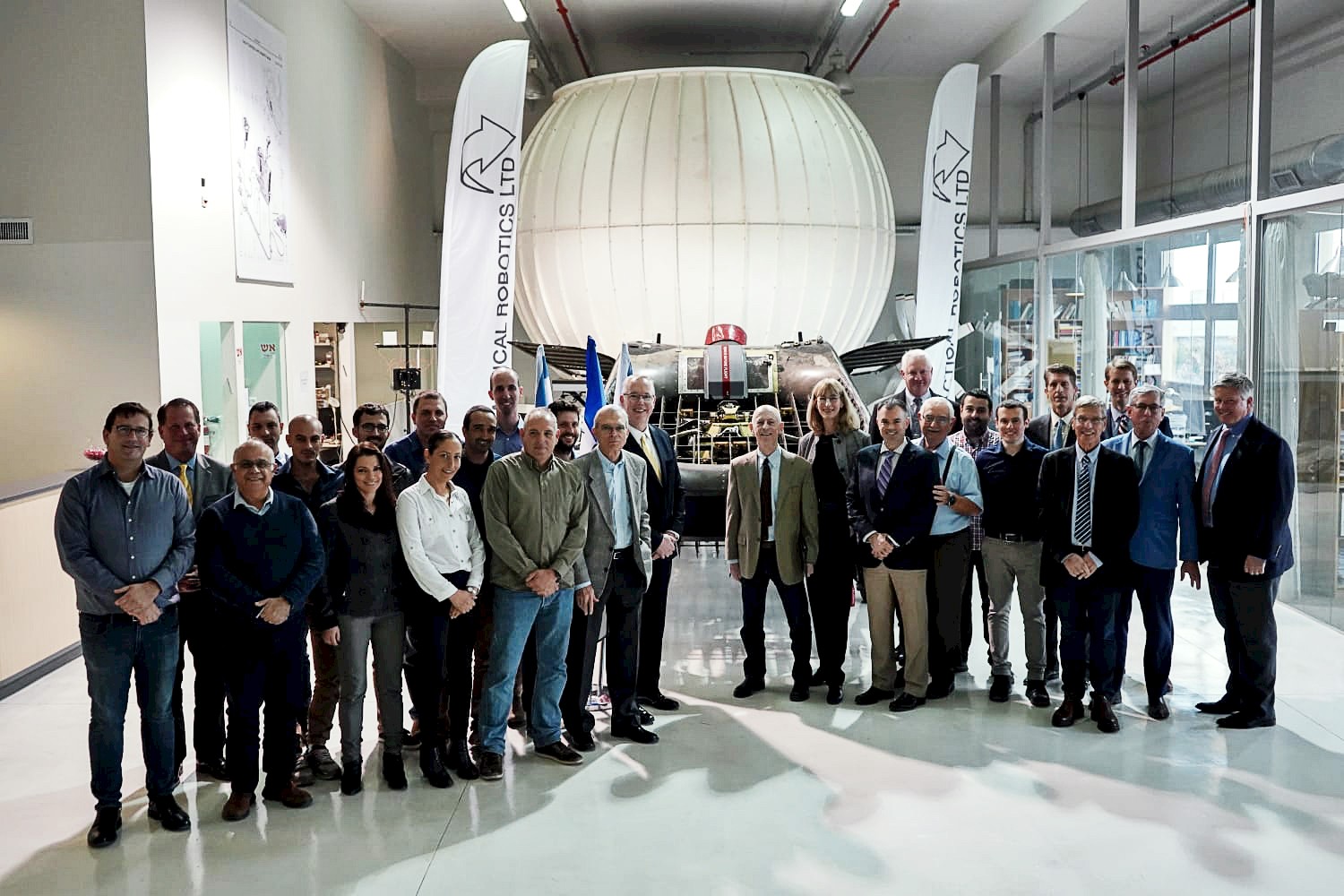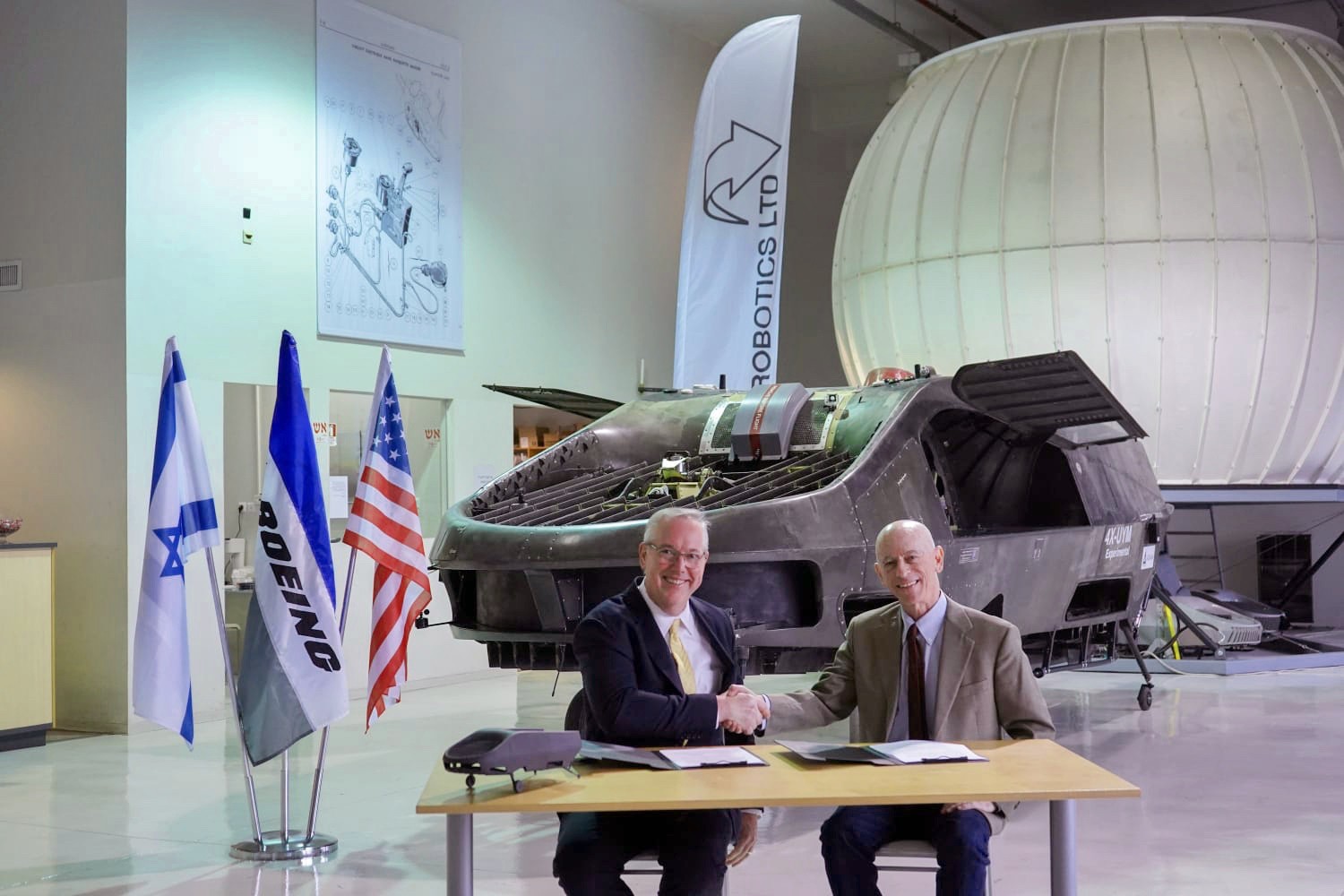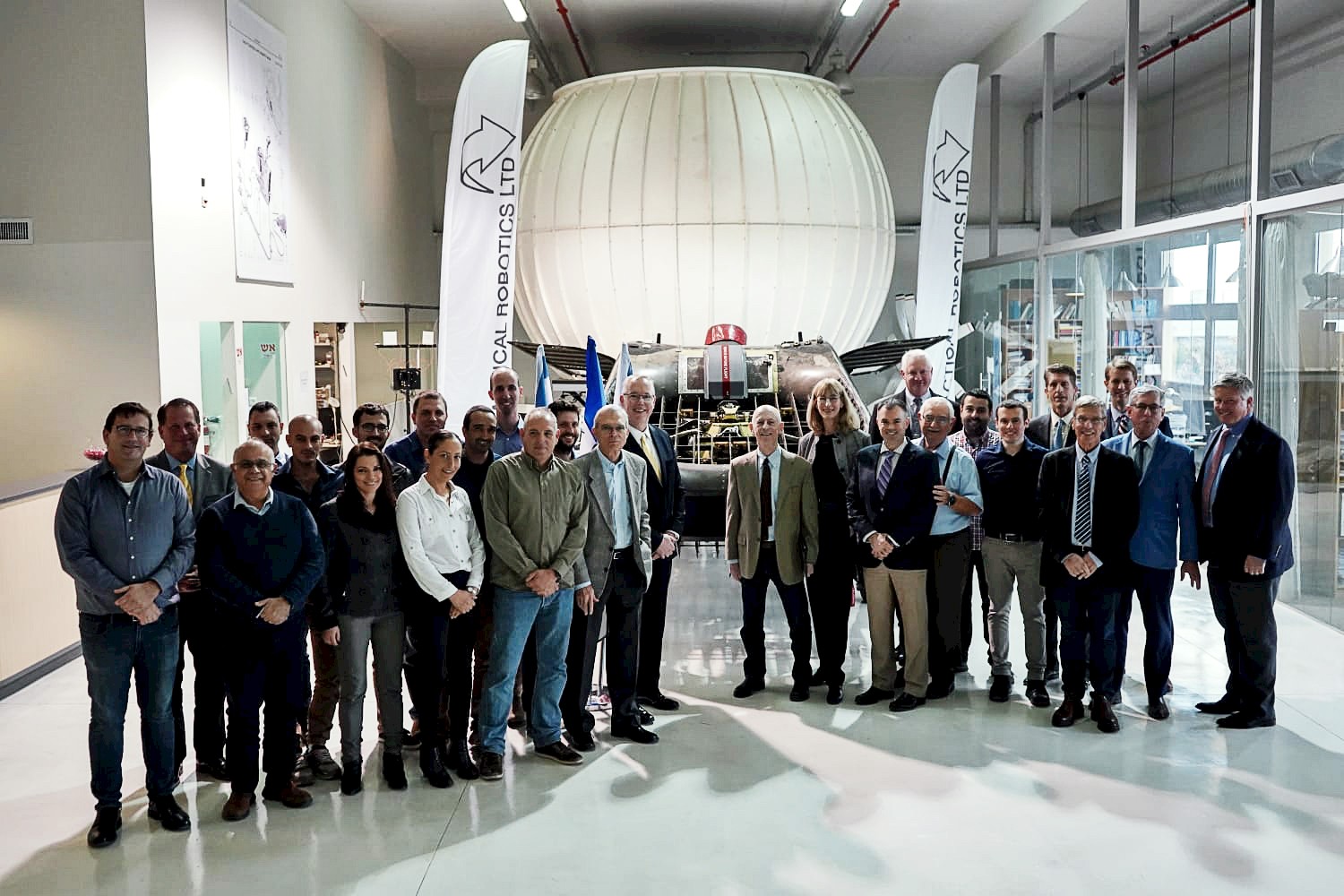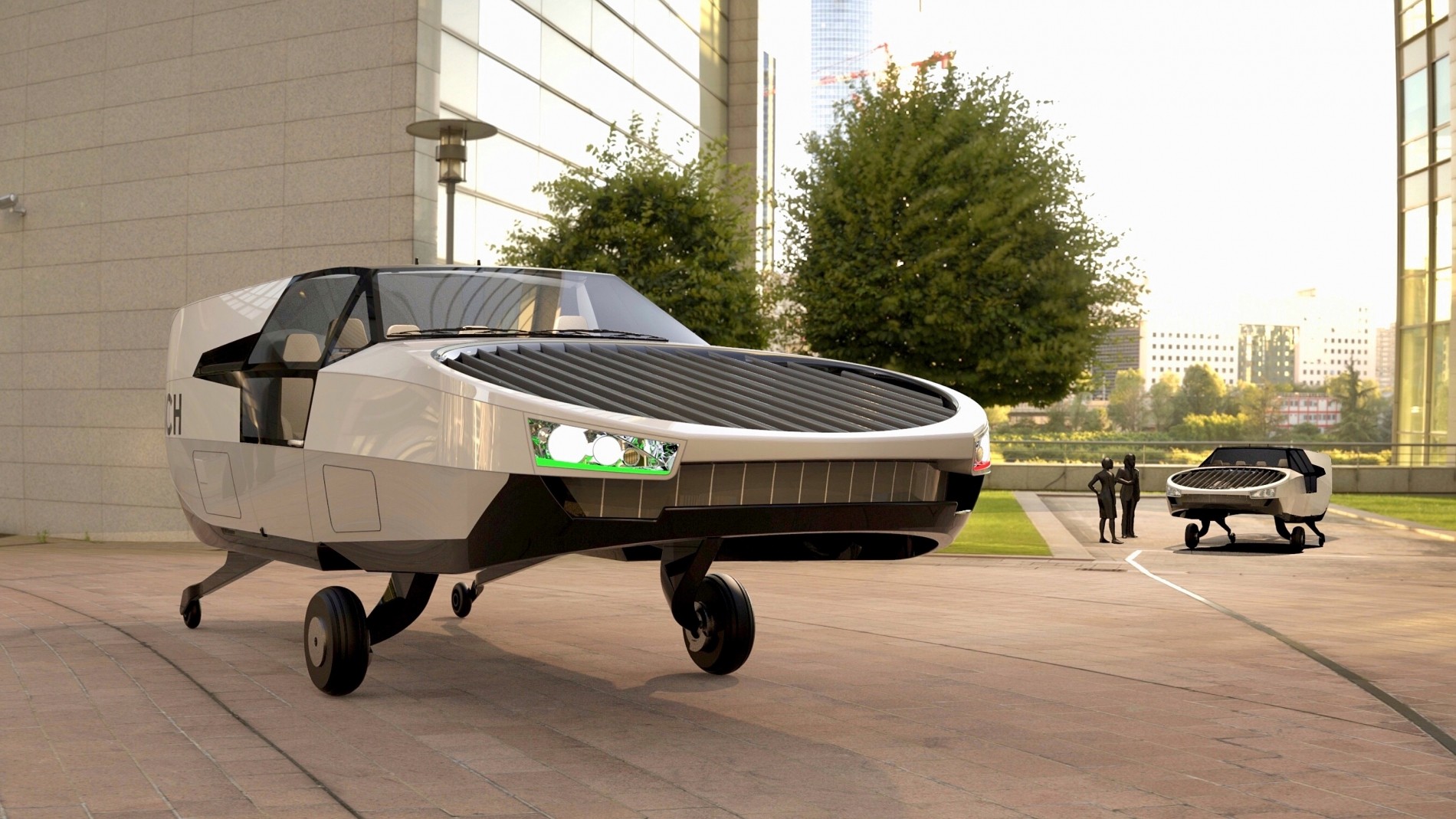Flying cars have been the ‘next big thing’ for decades, but they really haven’t taken off.
However, that hasn’t stopped Urban Aeronautics from pushing ahead with their CityHawk electric vertical take-off and landing aircraft. Quite the opposite as the company has signed a deal with HyPoint to incorporate hydrogen fuel cells into the flying car.
According to pictures released by the company, the CityHawk would have two hydrogen fuel tanks and two fuel cell stacks. The electricity generated by them would feed two electric motors that each produce 939 hp (700 kW / 952 PS).
Also Read: Toyota Makes A $394 Million Bet On Flying Cars
The latter power internal rotors with so-called “Fancraft technology.” They have special ducting and “innovative aerodynamic technologies” that promise to increase control, stability and speed while also improving safety and reducing noise.
Furthermore, the fuel cells promise to provide “superior energy performance” and a lifespan of approximately 20,000 hours. Like other hydrogen vehicles, the aircraft would “only take a few minutes to refuel” rather than hours to recharge.
Israel21c says the hydrogen-powered model can hit speeds up to 125 mph (201 km/h) and travel around 100 miles (161 km) before needing to refuel. That isn’t very far, but the model is envisioned as a flying taxi and an air rescue vehicle.
The CityHawk could be well-suited for taxi use as the aircraft seats up to five passengers and promises to have a true “fly anywhere, land anywhere” capacity that allows for “door-to-door transportation.” Should anything go wrong, the aircraft has a rocket deployed emergency parachute to safety return the CityHawk to the ground.
Of course, you won’t be riding in one anytime soon as the company’s CEO suggested it won’t be ready until late this decade.




